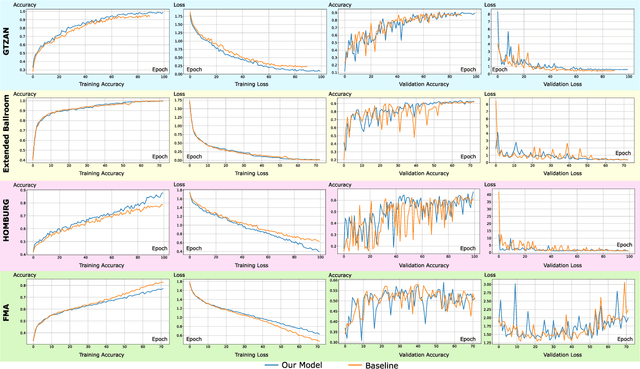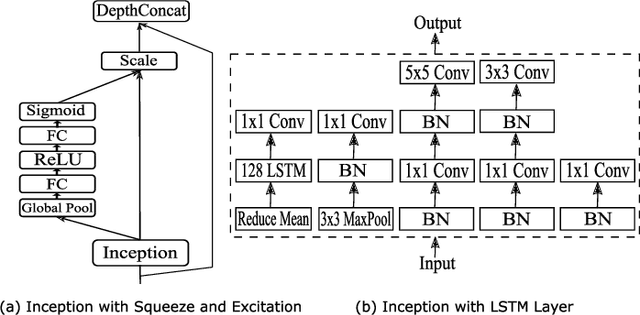Abdelrahman Abdelgawad
Model- and Data-Based Control of Self-Balancing Robots: Practical Educational Approach with LabVIEW and Arduino
May 06, 2024Abstract:A two-wheeled self-balancing robot (TWSBR) is non-linear and unstable system. This study compares the performance of model-based and data-based control strategies for TWSBRs, with an explicit practical educational approach. Model-based control (MBC) algorithms such as Lead-Lag and PID control require a proficient dynamic modeling and mathematical manipulation to drive the linearized equations of motions and develop the appropriate controller. On the other side, data-based control (DBC) methods, like fuzzy control, provide a simpler and quicker approach to designing effective controllers without needing in-depth understanding of the system model. In this paper, the advantages and disadvantages of both MBC and DBC using a TWSBR are illustrated. All controllers were implemented and tested on the OSOYOO self-balancing kit, including an Arduino microcontroller, MPU-6050 sensor, and DC motors. The control law and the user interface are constructed using the LabVIEW-LINX toolkit. A real-time hardware-in-loop experiment validates the results, highlighting controllers that can be implemented on a cost-effective platform.
A Study on Broadcast Networks for Music Genre Classification
Aug 25, 2022



Abstract:Due to the increased demand for music streaming/recommender services and the recent developments of music information retrieval frameworks, Music Genre Classification (MGC) has attracted the community's attention. However, convolutional-based approaches are known to lack the ability to efficiently encode and localize temporal features. In this paper, we study the broadcast-based neural networks aiming to improve the localization and generalizability under a small set of parameters (about 180k) and investigate twelve variants of broadcast networks discussing the effect of block configuration, pooling method, activation function, normalization mechanism, label smoothing, channel interdependency, LSTM block inclusion, and variants of inception schemes. Our computational experiments using relevant datasets such as GTZAN, Extended Ballroom, HOMBURG, and Free Music Archive (FMA) show state-of-the-art classification accuracies in Music Genre Classification. Our approach offers insights and the potential to enable compact and generalizable broadcast networks for music and audio classification.
 Add to Chrome
Add to Chrome Add to Firefox
Add to Firefox Add to Edge
Add to Edge